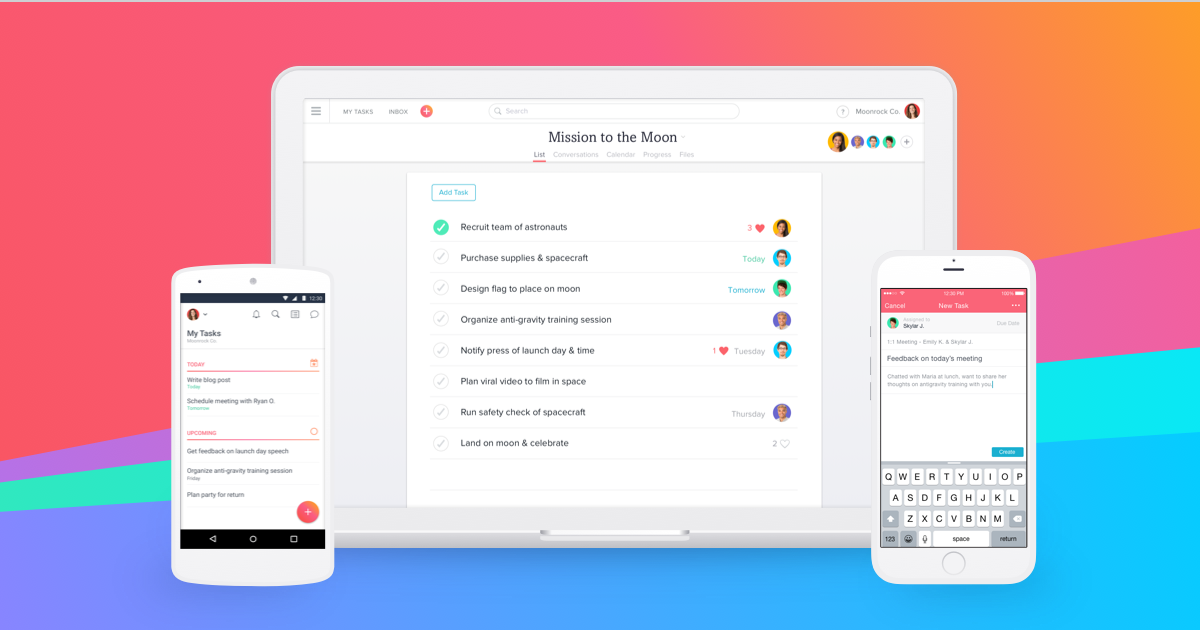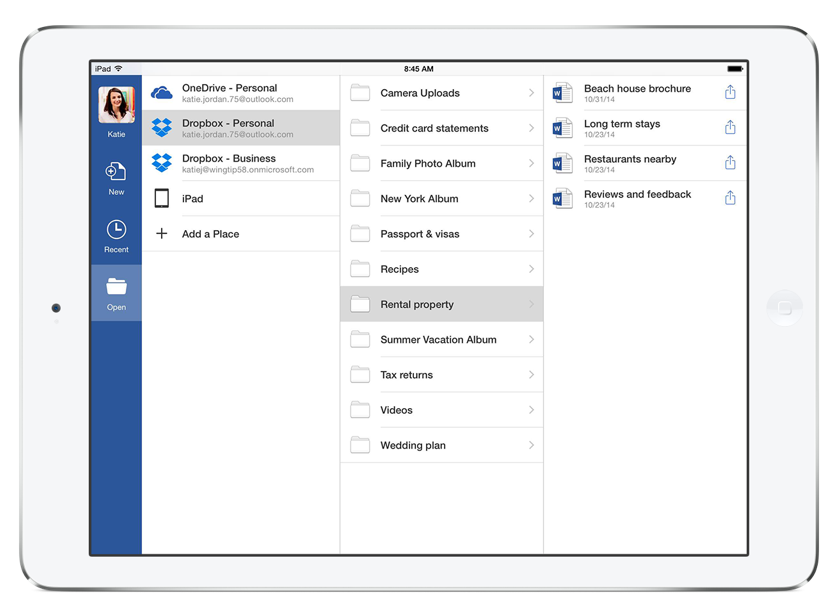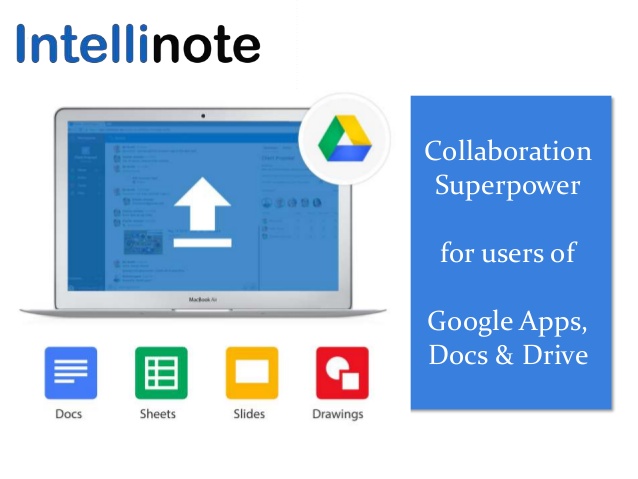Enterprise Apps: The Time is Now
According to Samsung over a quarter of consumers currently use a mobile phone or tablets as their main work-related computing device. So it is no surprise that Enterprise App Development is a trending area of focus for C-Suite executives, employees, and developers alike. Enterprise app developers understand that this type of software design is based on employee and interagency interaction as opposed to that of consumers. For many users, Enterprise Apps can seem complex, too technical, and poorly integrated. For a variety of reasons, the application of Enterprise software is often less than seamless. Enterprise apps give developers an opportunity to improve workflow and business processes, but integration can often be a challenge.
Enterprise App Development Involves Multiple Channels
Enterprise software encompasses all types of software that has an application for employees within a firm. Enterprise software and Enterprise mobile apps examples include the following:
- Accounting Portals
- CMS
- Inventory Mining Apps
- Proprietary tools
- Team collaboration tools
- Intranet
Each element of Enterprise software has unique features, and reflects a specific need within a company’s infrastructure. Unlike user-facing software that relies on individual experiences and scalability, Enterprise apps are based around co-existing processes. If one aspect of the workflow fails to perform up to task, the relationships between employees, their work functions, and software performance suffer simultaneously.
Additionally, because the end-users are ultimately integral to the development and application of the software and related functions, their understanding of the development process is more necessary than that of a consumer. This complex relationship often causes inefficiencies that eat into productivity and create compounding issues, which truly deflate company’s profitability and morale. CIO’s and CTO’s must be on the same page with the rest of the staff in order to develop and apply software processes that complement the existing infrastructure, while also providing new business capabilities.
Consumer UX Versus Enterprise UX
Traditionally, Enterprise applications were created with one goal in mind: get the job done. Programs and coding languages were specifically designed for individual departments and unique functions. People performed dedicated tasks, and required applications to increase efficiency, but did not rely on them for all facets of the daily workflow, and different departments rarely needed to collaborate using the same toolsets.
Businesses now understand the value of streamlined applications. Enterprise mobility solutions now incorporate several different key processes, and are benefited by wide-ranging accessibility, which includes iOS Development, Android App Development, and other Mobile App Development features. Therefore, UX in the form of visual comprehension, ease of use, cross-departmental learning curves, and device functionality, becomes of paramount importance for C-Suite execs and staff members alike.
According to a recent Enterprise Industry Report with insight from over 3,000 leading design professionals, companies larger than 30 employees are more likely to experience UX problems with:
- Enterprise Mobility Services
- End-to-End software
- Data accessibility
- Departmental streamlining
Designers and Enterprise app developers must prioritize UX in the context of business. The CTO may inherently understand the value of a smoother interface, but the COO, or CFO, may see such a feature as a luxury, or sunk cost. Therefore, communication and co-existing management becomes essential in the development processes. Ultimately, the faster an employee can navigate software, the more productivity will be achieved. However, once the UX does achieve a certain level of optimization, the benefits become hard to measure. Determining what to invest in and to what extent requires decision-making and input from the entire company, and should be multifaceted in nature.
Optimization Means Value
“We saw that a thousand results weren’t necessarily as useful as 10 good ones.”-Sergey Brin
Enterprise apps and consumer apps require two entirely different approaches. With consumer apps, the goal is perpetual optimization, and software that faces a limitless pool of end-users and UX consideration. With Enterprise solutions however, functionality within a specific digital infrastructure is the driving force. Overcompensation is often a reality for most designers tasked with developing an Enterprise suite, and management must often mitigate concerns and control overhead while balancing needs that are not yet fully realized. It’s a complicated scenario that requires expertise at many levels to be successful.
Enterprise solutions developers should apply the following:
- Detailed reference points and documentation of processes. Users digest technical material through routine and familiarity. If an end-user can easily reference and cross-examine key information, the process can be understood from multiple angles.
- Defined UX goals. UX can be an open-ended initiative. There are countless ways to improve and tweak UX, especially with larger companies and more end-users. Establishing dedicated goals for UX can narrow the focus to reflect business efficiency, and will keep your creative staff from getting too carried away.
- Thorough testing stages. Platform testing is crucial in Enterprise solutions development. Optimization depends not only on how solutions are built, but also how they are implemented. There are always unexpected hiccups, and with more moving parts, the need to eliminate bugs and inefficiencies early on becomes more pressing.
- One language. Tech language, business language, employee language, and interagency language often exist in their own brackets and bubbles within a firm’s infrastructure. This separation won’t work with Enterprise solutions. Make sure that your departments are speaking the same language early on, and take initiative in defining key phrases and establishing clear communication channels.
- Tight security. According to IBM the average financial loss incurred by a data breach is nearly $4 million dollars, while Ponemon Institute reports that 44% of employees don’t worry about security of work-related data on mobile devices. Since enterprise apps often touch highly sensitive enterprise data, it is vital that the app is build from the very beginning with high level of security multi-factor authentication is just one of the things that developers should build into their apps.
Steps to Solutions
Identifying needs and planning to implement Enterprise software are the initial steps, but taking action often requires further investment in human capital and additional training for existing staff just to reach the onboarding stage. C-Suite execs wish it were as simple as researching the top 10 Enterprise mobile apps and following a template. The process is much more complicated than that.
Working with a leading Enterprise Mobile App Development Company such as Venture Aviator, sporting enterprise successes like Intellinote, which was recently purchased by billion dollar enterprise communications company BroadSoft, can not only produce the best software solution, but also ease the transition to integration with your existing processes and software and also ensure great product adoption results amongst your target audience. Experience in this field of enterprise development is invaluable to efficiency of excellent product design and time to market. Even if you’ve acquired and curated the best talent available, enterprise mobility services projects and enterprise mobile app development can be extremely complicated, and difficult to execute and implement in a large organization. Optimizing the breadth of development resources available to the CTO’s and CIO’s at your company can push your firm over the edge and ahead of the enterprise curve.
Click here to tell us about your project
Related Post: Five Things You Need to Know About Chatbot Apps
Related Post: How to Build a Million Dollar App




